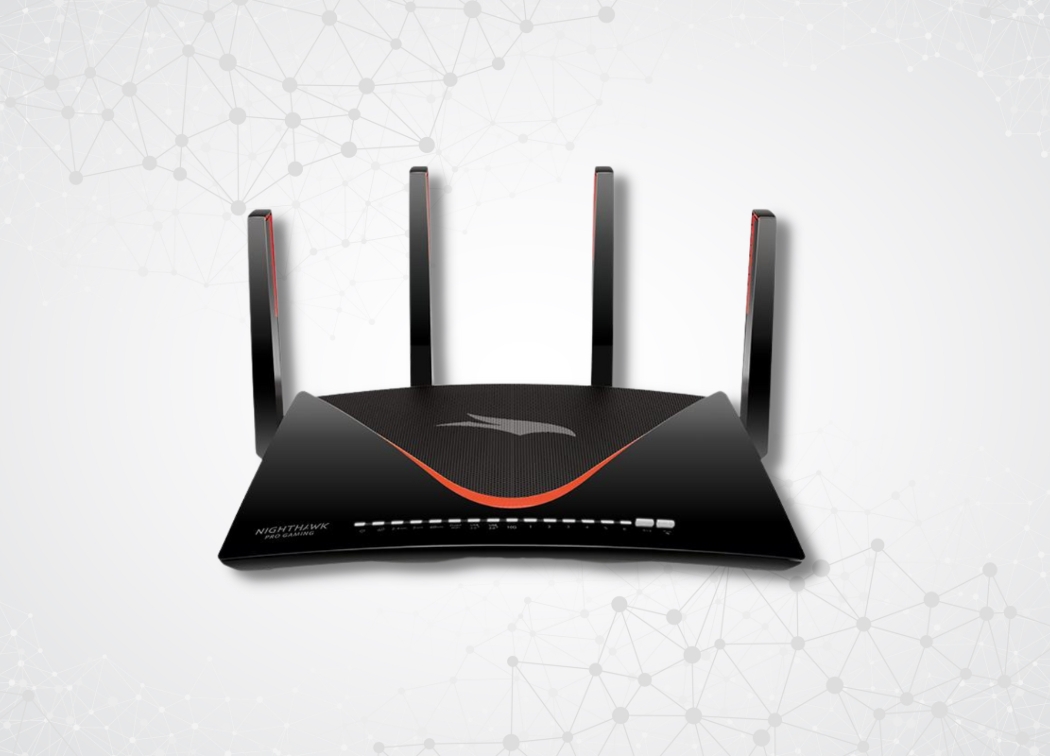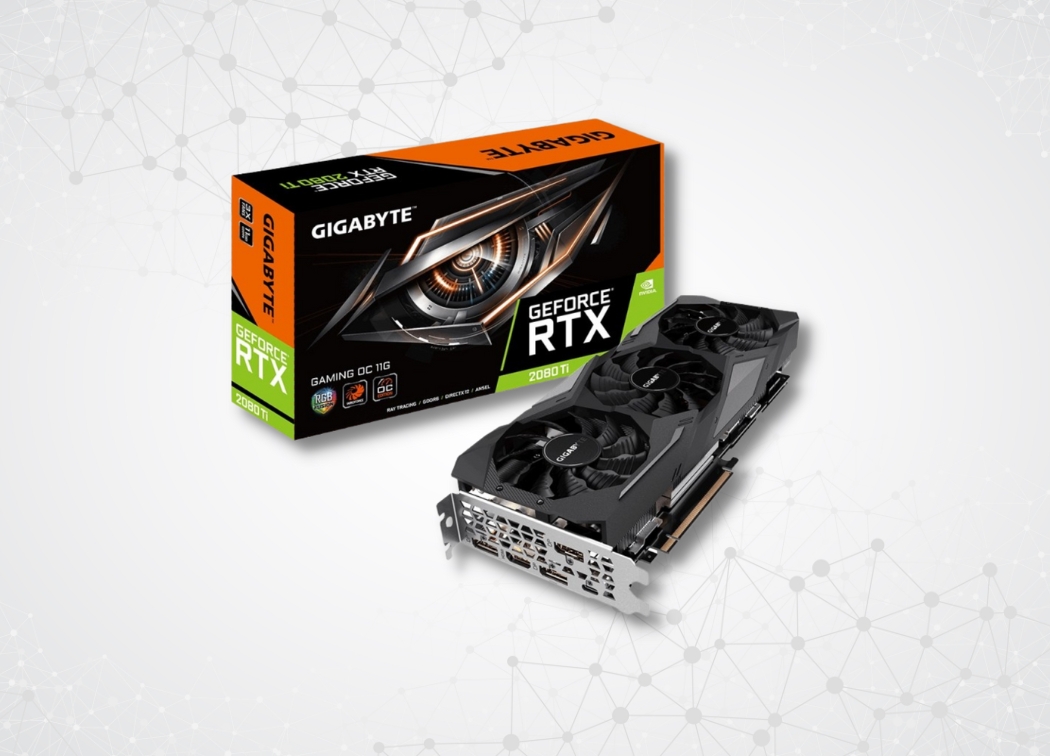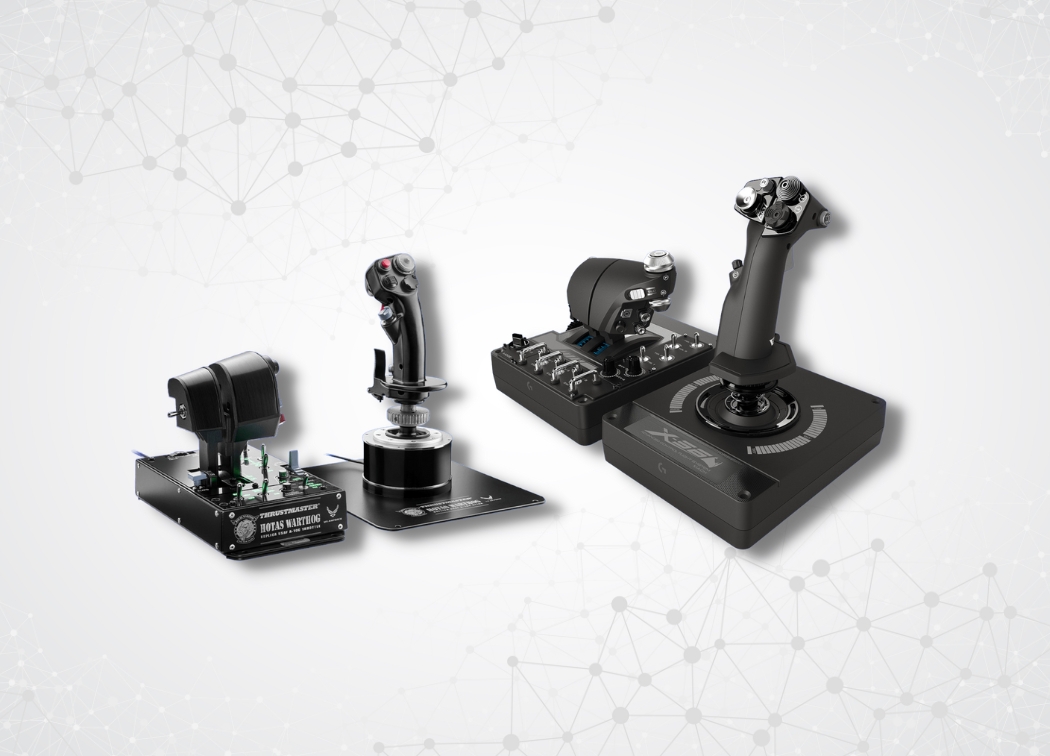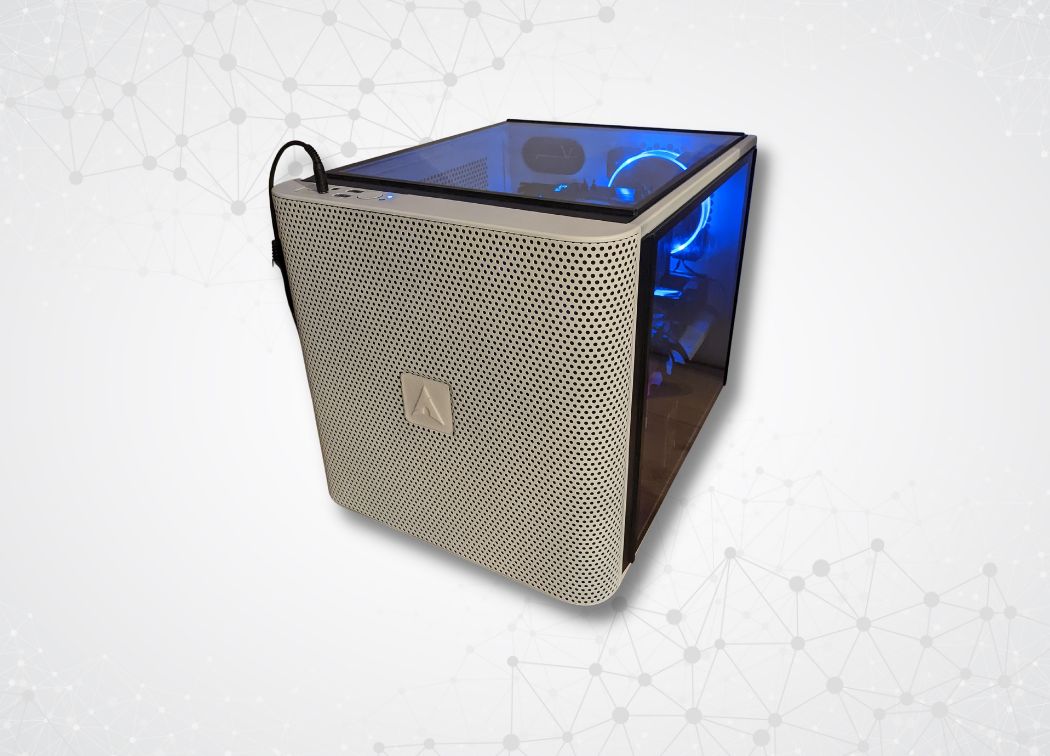
Thermaltake is a well-known brand in the PC components industry, and the Core V21 is a testament to the company’s quality and practical design approach. Offering flexibility, a roomy interior and modular design, the Core V21 is a popular case and was also included in our best micro ATX case list.
Let’s take a closer look at what this case has to offer.
Specifications
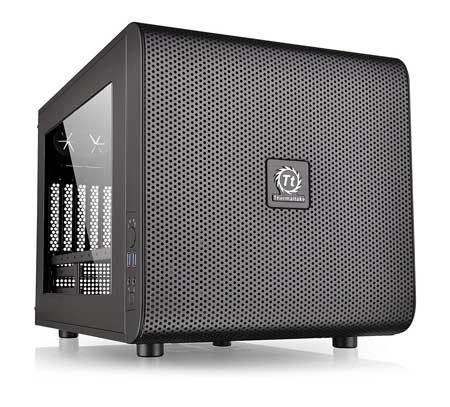
- Dimensions: 13.2” H x 12.6” W x 16.7” D
- Weight: 14.3lbs
- Front intake fan: 200 mm x 200 mm x 30 mm
- Supported Motherboards: Mini ITX and M-ATX form factors
- Chamber concept design with cable management system
- 2 x 3.0 USB, 1 x mic, 1 x headphone front ports
- 5 x expansion slots
- Fans: 4 x 120mm or 2 x 140mm top; 2 x 120/140 mm front; 1 x 120/140 mm bottom; 2 x 120/140 mm right/left side
- 120 mm radiator mounts: 2 x 120 mm/240 mm top; 1 x 120/240 mm front; 1 x 120 mm rear; 1 x 120 mm/240 mm right/left side
- 140 mm radiator mounts: 1 x 140 mm front; 1 x 140 mm/280 mm right/left side; 140 mm/280 mm top
- Max CPU cooler height: 185 mm
- Max PSU length: 200 mm
- Max VGA length: 350 mm
- Removable 2.5”/3.5” drive racks
External Design
The cubical design of the Core V21 allows for an endless number of stackable options and flexibility.
Thanks to its modular design, it’s possible to stack multiple chassis together for an even bigger case. You can also create dual systems, with a maximum 600mm radiator length at the front of your stack.
The top and side panels are also designed to be interchangeable so that you can personalize the look and configuration of your chassis. One clear panel allows you to show off your internal components. The other two panels feature fabric covered mesh for optimal ventilation.
The V21 is only available in black, so if you were hoping for more color options, you’ll be disappointed.
The upper left rear of the case features a 120/140mm fan mount. There’s also an opening and a rubber grommet for a water-cooling system. The I/O panel is situated in the middle, with five expansion slots next to it.
The bottom panel of the chassis has padded feet for stability and to keep the case from sliding around.
Internal Layout
The interior is where this case really shines.
Optimized for space management, the Core V21 is divided into two main chambers.
The upper chamber is designed to optimize cooling performance. The lower chamber is designed to house PSU and drive bays.
Four large cutouts make it easy to route wiring.
Removable 2.5”/3.5” drive device racks allow for flexibility and maximize interior space for liquid or advanced cooling systems. The modular drive cage at the rear of the case supports up to three HDD/SDD drives. HDDs can be installed without tools – just snap them into place using the included plastic tabs. For SSDs, you’ll need to use the included mounting screws to keep them in place.
There are three 2.5” SSD caddies on the opposite side of the case, and these can be relocated if you wish.
The Core V21 allows for either a vertical or horizontal motherboard configuration. There’s also a removable PSU dust filter embedded into the bottom of the case with shockproof rubber gaskets on the bracket to minimize noise.
Gamers will appreciate the case’s expansion capabilities and compatibility with high-end gaming setups.
Modular drive racks allow you to install up to six storage devices.
There’s also a dual expansion VGA slot up to 350mm long.
Furthermore, the tower supports a CPU cooler up to 185mm in height. You have plenty of space for cable management even if you have a large, high-wattage PSU in place.
In addition, there is space for two 240mm radiators at the top of the chassis for advanced cooling.
Lighting
The Core V21 doesn’t offer any custom lighting options, although you could probably install your own system if you wanted to. Ultimately, this tower wasn’t really designed for that purpose.
Cooling
The Core V21 comes with a pre-installed 200mm front fan. It supports an open liquid cooling system, and there is plenty of space for fans.
It should be noted that this case is Tt LCS Certified, which is a Thermaltake exclusive certification. It certifies that the chassis has been tested and is compatible with extreme liquid cooling configurations.
The top and side panels are designed to optimize ventilation, which allows for better airflow and an overall cooler system.
As far as fan support goes, here’s what the V21 offers:
Front Fans
- 1 or 2 120mm
- 1 or 2 140mm
- 1 x 200 mm
Bottom
- 1 or 2 120mm
Top Fans
- 1 or 2 120mm; 3 x 120mm; or 4 x 120mm
- 1 or 2 140mm
Left/Ride Side
- 1 or 2 120mm
- 1 or 2 140mm
Rear Fans
- 1 x 120mm
- 1 x 140mm
Whether you choose a liquid cooling system or traditional fans, the Core V21 will accommodate your needs and provide you with plenty of space for your setup.
The Pros and Cons
There’s a lot to like about the Core V21. The modular nature and flexible design of the chassis allows you to customize your setup and expand your system as needed.
You can have a dual system setup if you wish.
The smart interior design will please all types of PC users, especially gamers. There’s optimal space for graphics cards, a large CPU cooler and even a high-wattage PSU.
If you’re looking for a case that offers unique and customizable lighting options, you’ll be disappointed with the V21. But the cube design of this space and the clear panel still makes it a beautiful case.
Cable management is sufficient, but it could be better. You won’t be able to hide all of your cables with this chassis, but you should be able to keep everything neat and tidy. The open design makes the case a little noisy and there’s no rear access to the motherboard.
The Core V21 is a fun and economical mATX case that offers the flexibility and space most custom PC builders want.
See More Related Reviews:


